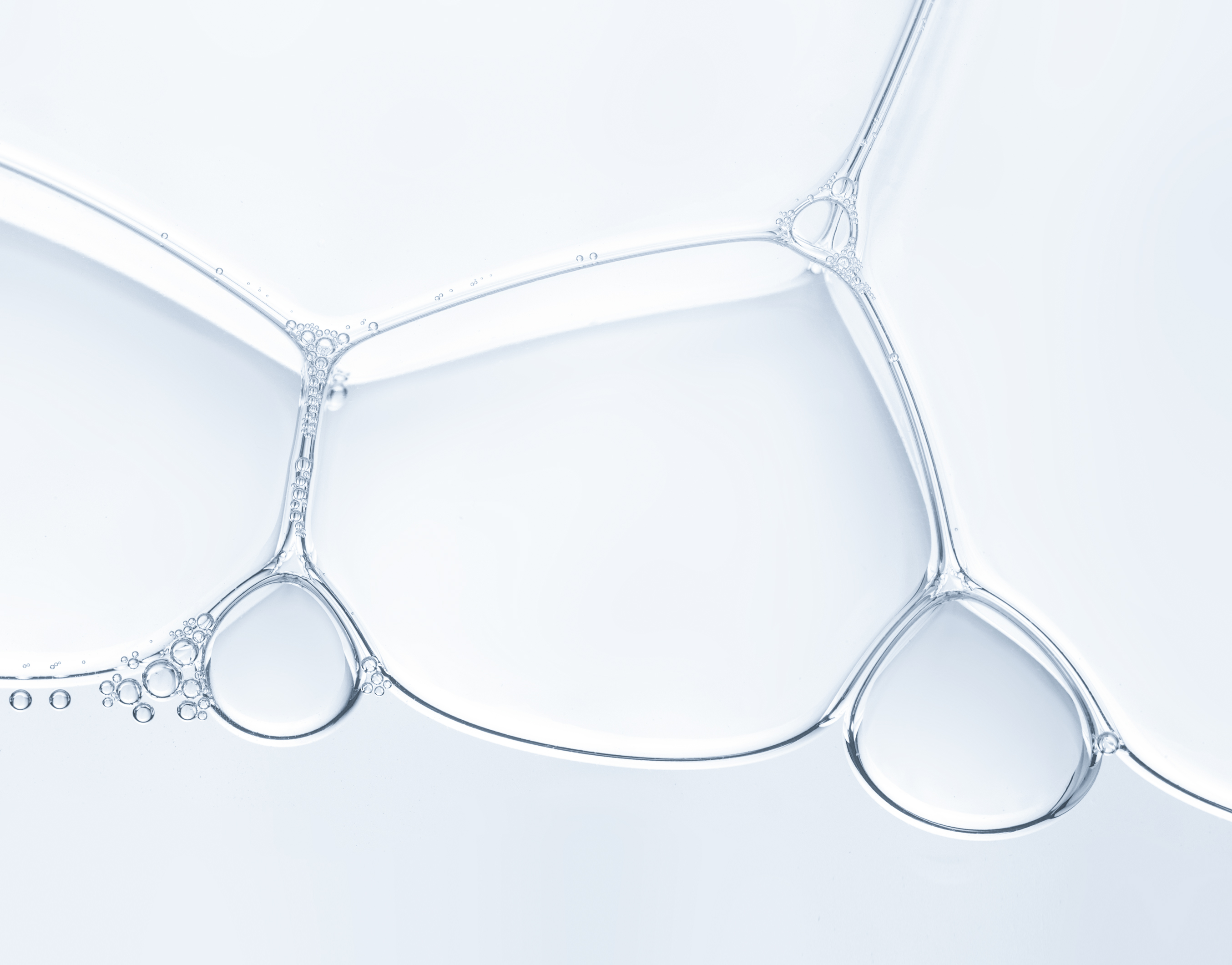The family decorates the most bad heart nothing is better than newly installed water pipe appear leak problem.
In fact, the pipe leakage problem is rarely caused by the quality of the pipe itself, most of the problem is caused by welding.
In order to help you better installation and use of water pipes, here to summarize some of the factors that affect the quality of water pipe welding.
1. Heating temperature and time
The welding temperature should be controlled at 260-270℃. When the temperature is too low, the PPR pipe will not melt in place, and the pipe and fittings will not fuse well.
When the temperature is too high, the PPR pipe melts too much, which is easy to cause blockage at the pipe joint or the pipe hole is too small to affect the flow rate.
In addition, PPR will become thin and soft and remain on the mold head, and carbonization will occur under long-term high temperature, affecting the service life of the mold head.
Due to the importance of temperature, welding equipment needs to have a good temperature control system. If the temperature control system is not good, some welding equipment will be heated to more than 300 degrees. In the case of too high temperature, it is easy to cause welding quality problems.
The heating time is related to the pipe diameter of PPR pipe. For pipes with an outside diameter of 20mm, the heating time is 5s and the heating time of pipes with an outside diameter of 25mm is 7s.
Both short and long time will affect the welding quality of PPR pipe.
2. Welding depth
The welding depth is related to the outside diameter of PPR pipe. For pipes with the outside diameter of 20mm, the minimum welding depth is 14mm; for pipes with the outside diameter of 25mm, the minimum welding depth is 15mm.
When the welding depth is too shallow, welding area is not enough, water pipe bonding is not strong enough.
When the welding depth is too deep, the excess part will be squeezed inside the pipe fitting, which will reduce the inner diameter of the water pipe at the extrusion part, thus reducing the water flow of the pipe and even leading to welding plug.
Also, be careful not to attempt to turn the tubing and fittings when inserting them.
3. Whether the die head is worn
There is a coating containing Teflon on the die head of the welding machine. Teflon is a kind of sticky material, and most glue in the market has no bonding effect on it. It can effectively prevent PPR from remaining on the die head during welding.
Die quality may be good or bad, but the die must be kept clean.
It should be noted that teflon will wear out after being used for a long time, and the anti-adhesion characteristics of the die head will be affected to a certain extent. At this time, the die head needs to be replaced, otherwise it will lead to the risk of unwelding when welding PPR pipe.
Now there are a lot of plumbers do not want to change mold head, in fact, there are only a few dollars or even a few dollars of things, for this penny lost, is really not worth it.
4. Quality of PPR raw materials
The stand or fall of conduit raw material will affect conduit easy weldability, believe experienced conduit worker knows fairly well.
260-270℃ is the welding temperature of PPR, that is to say, the PPR material melts sufficiently at this temperature and is easy to weld.
So let's talk about two concepts, fusion process and fusion finger.
For polymer materials, the melting temperature is within a range, that is, the melting process (initial melting - final melting), and the flow performance after melting can be expressed by the melting finger.
How do these two parameters affect the welding?
It can be simply understood that the lower the initial melting point is, the faster the material will melt, while the higher the melting point is, the thinner the material will be after melting. These two characteristics directly affect the operation time of PPR pipe welding.
The key technology of PPR raw material is here, good pure PPR raw material these two parameters control is better, the pipeline is easier to welding.
The melting process and melting finger of PPR raw material mixed with impurities will become larger, which will ultimately affect the weldability of PPR pipe.
5. Whether the water pipe end is cracked
Due to the low temperature brittleness of PPR, especially in winter, the construction site environment is often more complex, if not paid attention to protection, PPR pipe will inevitably appear damage.
It is necessary for plumbers to check if the pipes are broken before welding them, so as not to use pipes that have cracked ends to weld with fittings, which could cause leaks.
In addition, pay attention to the pipe to be welded part of the clean, so as not to lead to weak welding.
To sum up, water pipe welding needs to pay attention to:
· Choose a good water pipe that is easier to weld;
· Select welding equipment with accurate temperature control to ensure that the temperature is controlled at 260-270℃;
· Ensure that welding die heads are clean and need to be cleaned and replaced regularly;
· Master the welding depth to avoid shallow or deep socket penetration;
· Master the welding time to avoid too long and too short;
· Before welding, be sure to check whether the water pipe has been damaged and clean the parts to be welded;
Finally, the pipe needs to be tested after installation.
The pressure test is the last step in the troubleshooting process and the most effective way to avoid welding problems.
Only after passing the pressure test can the installation of the pipe be considered complete.
